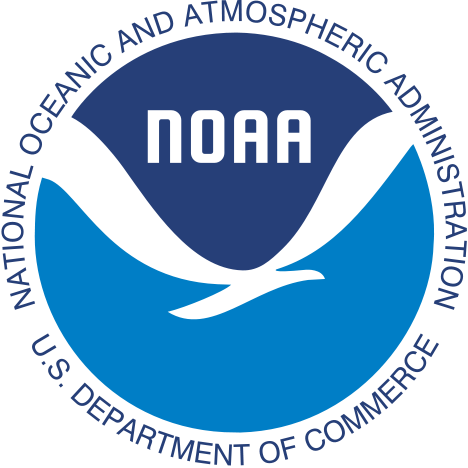Southeast Coastal Ocean Observing Regional Association (SECOORA): An Environmental Monitoring and Assessment Program To Support Decision-Makers’ Needs For Coastal and Ocean Data and Products
Sponsor: National Oceanic and Atmospheric Administration

Collaborators
SECOORA: Debra Hernandez
UNC Chapel Hill: Harvey Seim
Funding Period
June 2011 – November 2016
Description
The ocean and coastal waters of the southeast (SE) United States (US) support ecologically and economically significant ecosystems; provide tourism, boating, and other recreational opportunities; and annually generate over $675 billion in economic impact within our region. This project integrates and augments existing observational, modeling, data management and education assets in the Southeast Coastal Ocean Observing Regional Association (SECOORA) domain to provide lasting benefits to the aforementioned elements, but also to the people, communities, and natural resources that make the SE unique.
Specific benefits include:
- protection of people and communities through quantitative improvements in the forecast of potentially destructive winds, waves, and storm surges;
- improved coastal and marine use decision-making through enhanced and more comprehensive characterization of the coastal and marine environment;
- improvements to public safety through more timely and site-specific health advisories, storm surge, and rip current warnings;
- safer and more efficient marine operations and emergency response through enhanced coastal and marine situational awareness; and
- positive economic impact through facilitation of more informed decision-making regarding commercial and recreational fisheries, and shoreline and climate change impacts.
This effort provides positive impacts for a broad range of constituencies, including federal, regional, state, and local interests.
Specific beneficiaries include:
- Federal: NOAA (National Weather Service, National Estuarine Research Reserves, National Marine Fisheries Service, National Centers for Coastal Ocean Science, National Ocean Service, Office of Response and Restoration (OR&R), and National Marine Sanctuaries), US Geological Survey, US Environmental Protection Agency, US Marine Corps, US Army Corps of Engineers, US Coast Guard.
- State: NC Department of Environment and Natural Resources, SC Department of Health and Environmental Control, GA Department of Natural Resources, FL Department of Environment.
- Science and Education interests: universities, state Sea Grant programs, Centers for Ocean Science Education Excellence SE, Monterey Bay Aquarium Research Institute, Grays Reef NMS and other Regional Association education programs.
- Fisheries: South Atlantic Fisheries Management Council, GA DNR, National Centers for Coastal Ocean Science, Grays Reef NMS.
- Water management districts and utilities: St. Johns River Water Management District, Southwest Florida Water Management District, Northwest Florida Water Management District, Florida Public Service Commission.
- Emergency managers at Federal, state and local levels: NOAA OR&R, NOAA NWS Weather Forecast Offices, county emergency managers.
The recent Deepwater Horizon (DWH) oil spill brought intense focus on the connectivity of the SE region to the Gulf of Mexico, and demonstrated the urgent need for understanding, monitoring, and prediction of physical and biological processes across an extensive geography over various spatial (regional, sub-regional, and estuarine) and temporal (decadal, annual, and seasonal) scales. Many of the capabilities that are targeted for support in this proposal provided vital information to DWH Unified Command and were fundamental enablers of many protection and mitigation activities conducted in the wake of the disaster. Implementation of this project will help improve our nation’s preparedness for future coastal and ocean-related risks and/or catastrophic events. The use of a Regional Coastal Ocean Observing System in the service of societal goals requires an optimal combination of observational, modeling, data management, and education and outreach assets to enable characterization, prediction, and assessment of the marine environment as well as the formulation of scientifically founded, economically beneficial, and environmentally sensitive responses.
